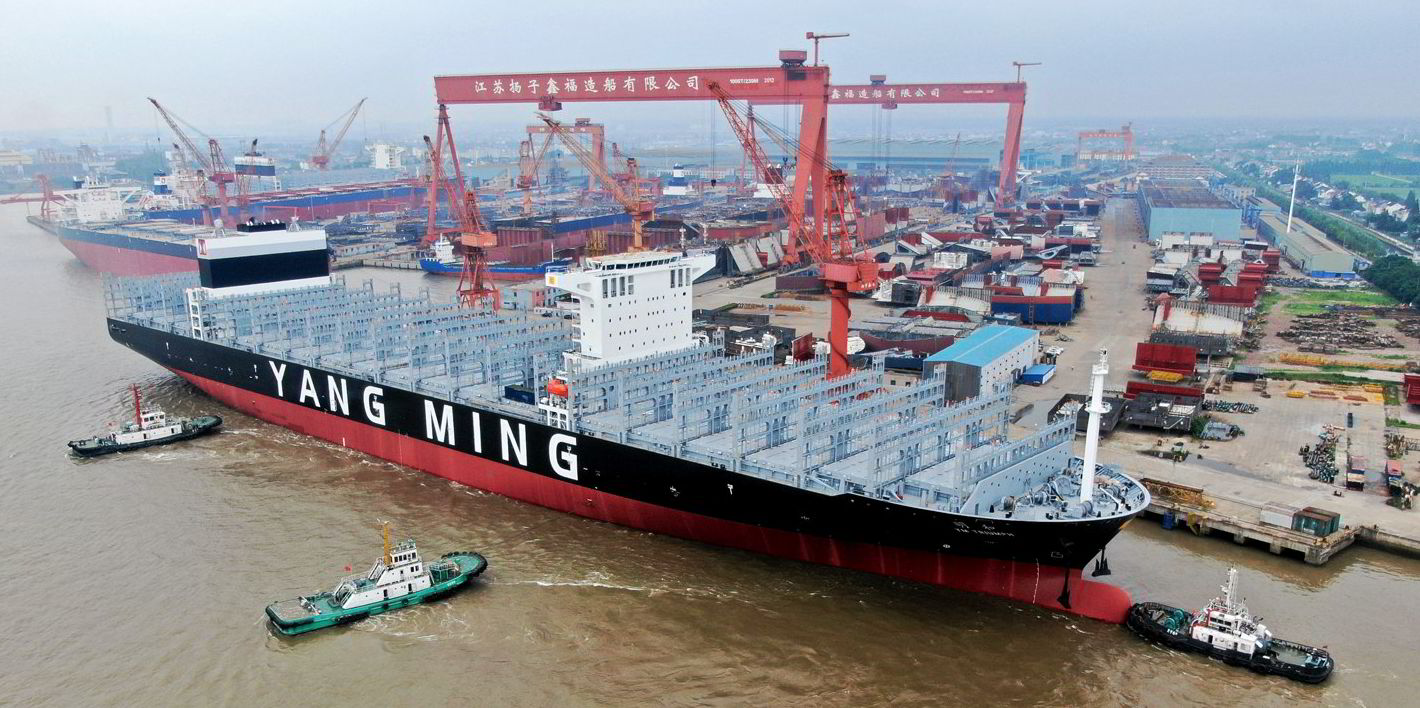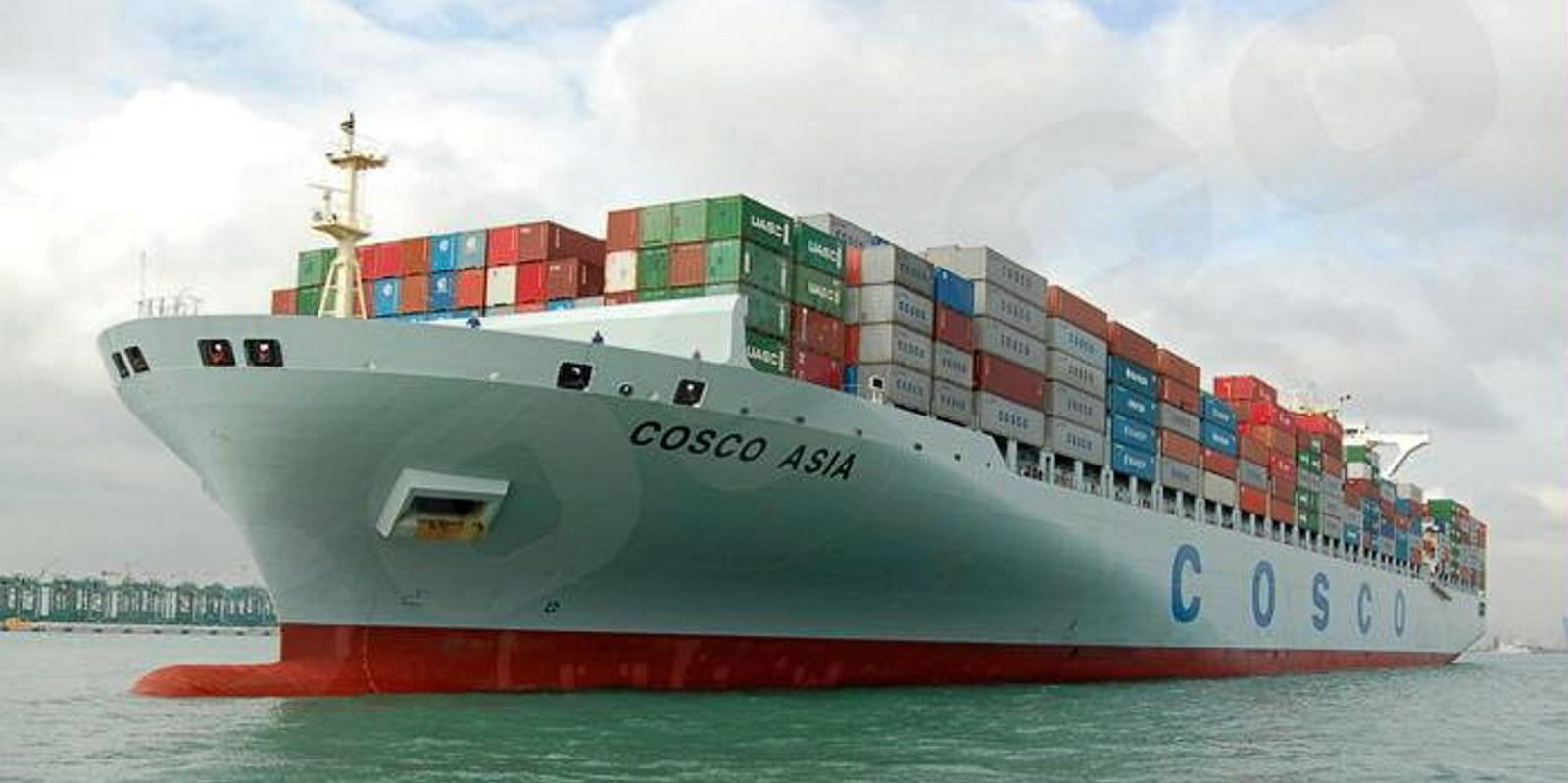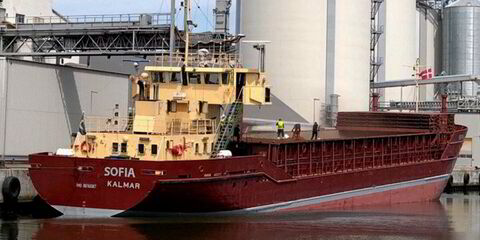The red-hot market for containerships has helped push the value of the newbuilding orderbook to a three-year high, according to Clarksons Research.
The shipbroker estimated that the contract value of the orderbook reached $245bn as of the end of June, up 8% this year and its highest level since 2018.
This was driven by orders for 776 vessels worth $54.9bn between January and June, with containerships accounting for almost half of this investment.
Clarksons said the strong start to 2021 followed subdued ordering in 2020 when only $48.1bn was invested in 931 ships amid uncertainty relating to the Covid-19 pandemic and concerns over fuelling choices.
“The majority of newbuild investment in the first half of 2021 was split between yards in South Korea with 49% and China with 40%, accounting for an estimated $26.7bn and $22bn respectively,” the shipbroker said.
“Japanese shipyards took an estimated total of $3.6bn of orders in Jan-June, representing 8% of the global total, with a further $1.5bn invested at European yards.”
Boxship newbuilding investment
A total of 317 containerships of 2.9m teu have been ordered so far in 2021, many of them large units and with a combined estimated contract value of $25.9bn, according to Clarksons.
“This accounted for 47% of total orders in contract value terms and represents the strongest period of boxship newbuild investment since the second half of 2007."
In the LPG carrier sector, an estimated record of $4.7bn was invested in 72 ships of 4.9m-cbm in the first half of 2021, with 46 of those orders for VLGCs in investments worth $3.7bn.
In contrast, the tanker sector accounted for just 13% of first half investments, with an estimated $7bn invested in 144 ships, while bulker investments were estimated to have reached 120 units worth $3.9bn.
Newbuild ordering has also picked up in the LNG carrier sector with 38 ships contracted by mid-July against 53 in the whole of 2020, taking the orderbook to 25% of the fleet.
“Focus on fleet renewal is increasing, with legacy tonnage — including steam turbine units which still account for 36% of the fleet — expected to face growing pressure from environmental regulations,” Clarksons said.
Clarksons added that a rising proportion of this year’s investment has been made in vessels set to use alternative fuels.
An estimated $17bn was spent on 182 ships using such fuels between January and June, equivalent to 31% of total investment. However, the figure falls to $13.5bn if LNG carriers are excluded.





